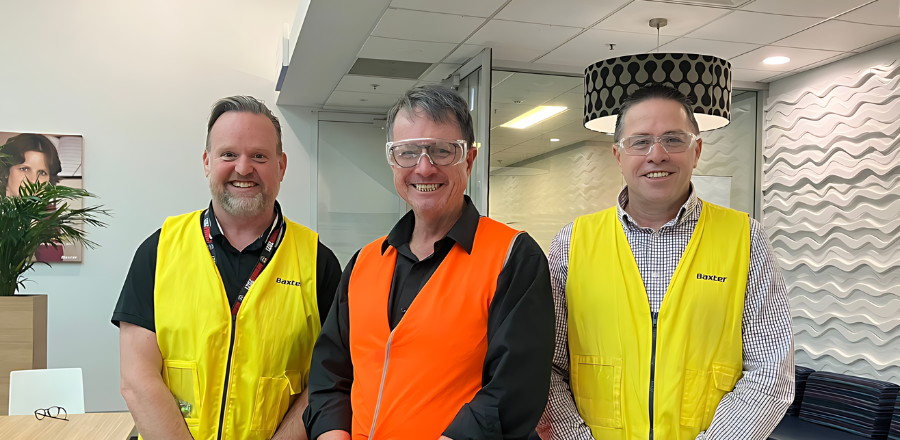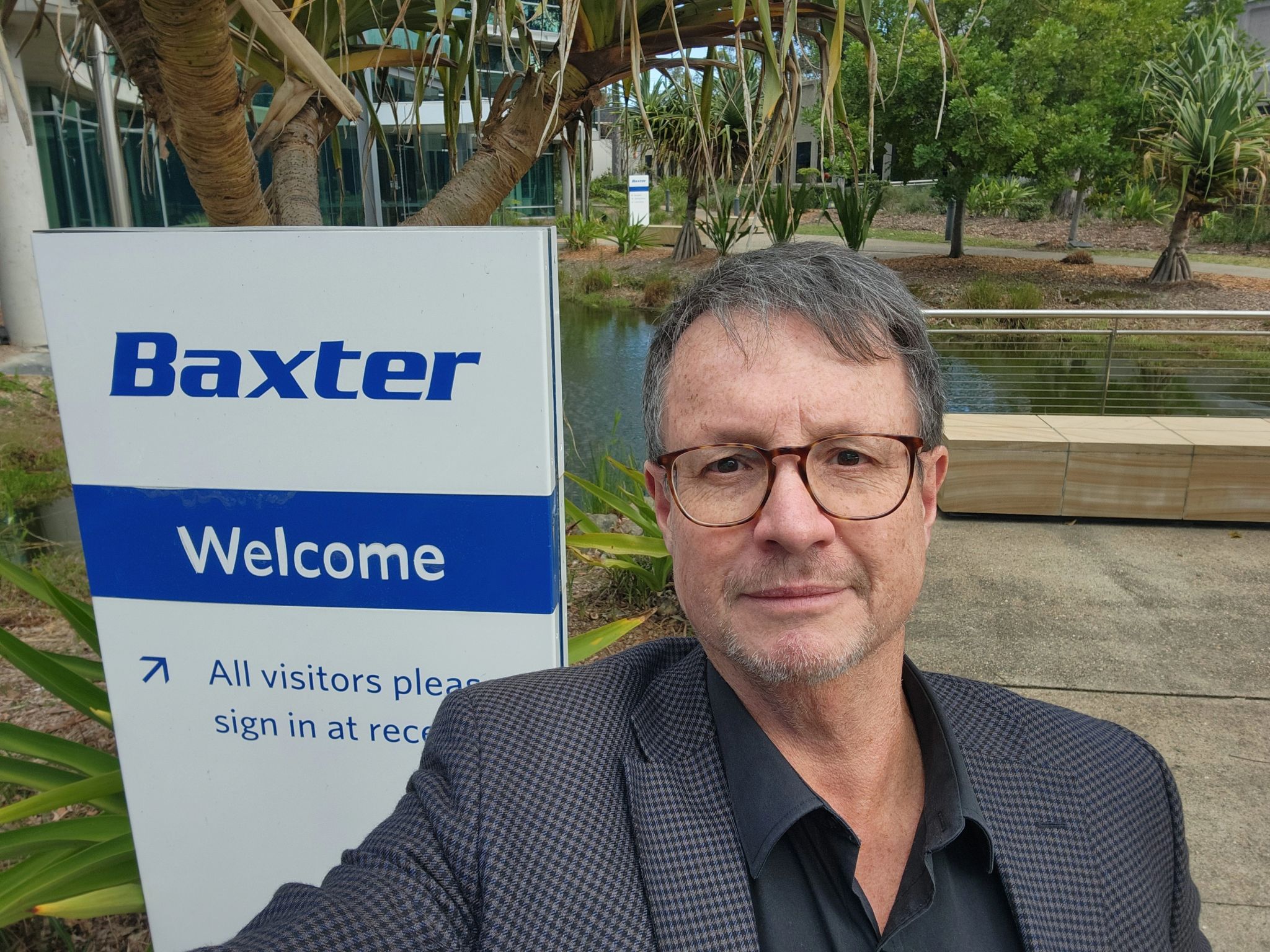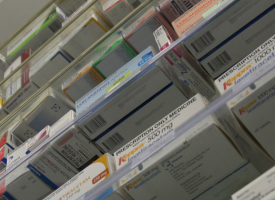AMA President visits Baxter IV fluids factory
The AMA President took a first-hand look at the IV fluids situation last weekend.

AMA President Professor Steve Robson writes:
The Australian healthcare system has been feeling the effects of a global supply constraint on IV fluids for some months now. Although the exact reasons for the situation are unclear, it seems that a combination of increased global demand, shipping delays and some temporary production constraints have contributed to the picture.
Australia’s IV fluids supply is provided by a combination of imported products and locally manufactured bags. I was invited to tour Australia’s IV fluids manufacturing facility, the Baxter plant in Western Sydney, last weekend. Despite having used IV fluids for almost four decades, I had scarcely given thought to the manufacture and supply of these critical medical supplies.
The Sydney Baxter plant has contributed not only to Australia’s IV fluids supply, but also to other products such as bespoke compounded chemotherapy and intravenous nutrition needs. It is an enormous and impressive enterprise, and I was shown around by Baxter’s General Manager for Australia and New Zealand Mr Brendan Cummins and his team.
There are several aspects to manufacture. The first is safe and precise fluids manufacture in enormous quantities. The fluids aspect of manufacture involves detailed quality checks and is a marvel of technology, with giant fluids tanks that resemble small agricultural silos, using the purest distilled water, and mixing electrolytes and other additives to make the fluids we use for our patients.
The second aspect is the manufacture and filling of the bags. The technology used in the production lines — where the bags themselves are made and labelled, then filled and sealed — is highly robotic, yet employs people to check quality control. Again, all of the process across the production ‘lines’ is subject to the most rigorous inspections.
Filled and labelled bags are sealed in their pouches, then go through a sterilisation process. The finished products —bags from small 100 mL saline to enormous bags with litres of fluids — are then distributed around the country from the enormous warehouse.
I heard a lot of commentary during the early stages of the situation about, ‘How hard can it be to make IV fluids?’ and ‘Why can’t they just step-up production?’ I now understand the complexity and precision required. A new production line is just about to come online and will increase Australia’s domestic capacity enormously.
The arrival of more than 20 million bags of fluid to our shores will alleviate much of the pressure on IV fluid supplies around the country. A national group has been set up by the federal Health Minister as the AMA requested, comprising an AMA representative as well as state and territory staff, private sector and other advisers.
My own visit to the Baxter facility was eye-opening. The Australian technology was impressive and is being scaled up. Indeed, with a little more investment it seems that Australia could have sovereign capacity to provide all our IV fluid needs for the foreseeable future. The AMA is working closely with the Commonwealth Government to ensure critical shortages become a thing of the past.
Professor Steve Robson visited the Baxter Factory at Toongabbie in Sydney on Saturday of last week. He wishes to acknowledge Mr Brendan Cummins and all the team at the plant for their help and hospitality. There was no payment of any kind from Baxter.




